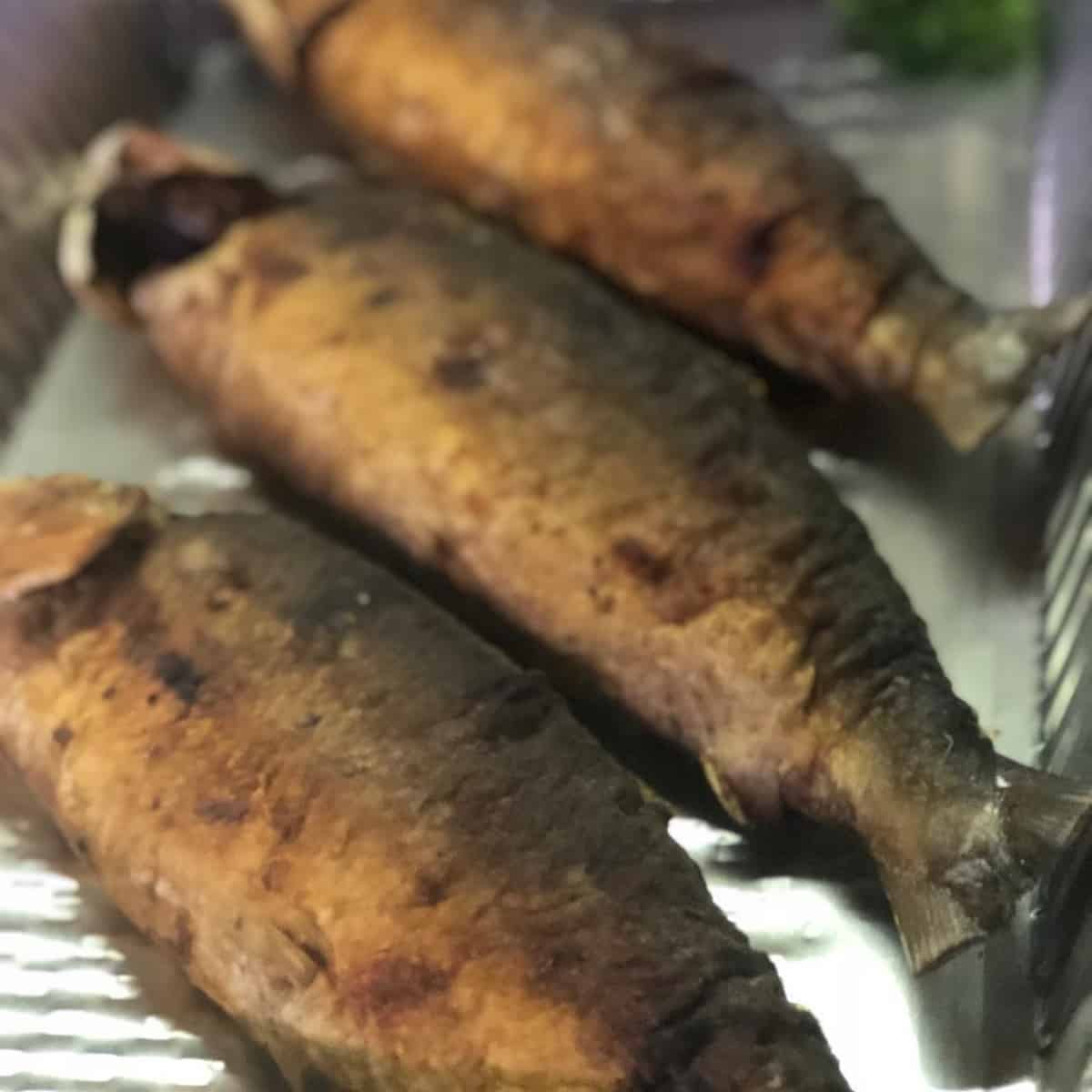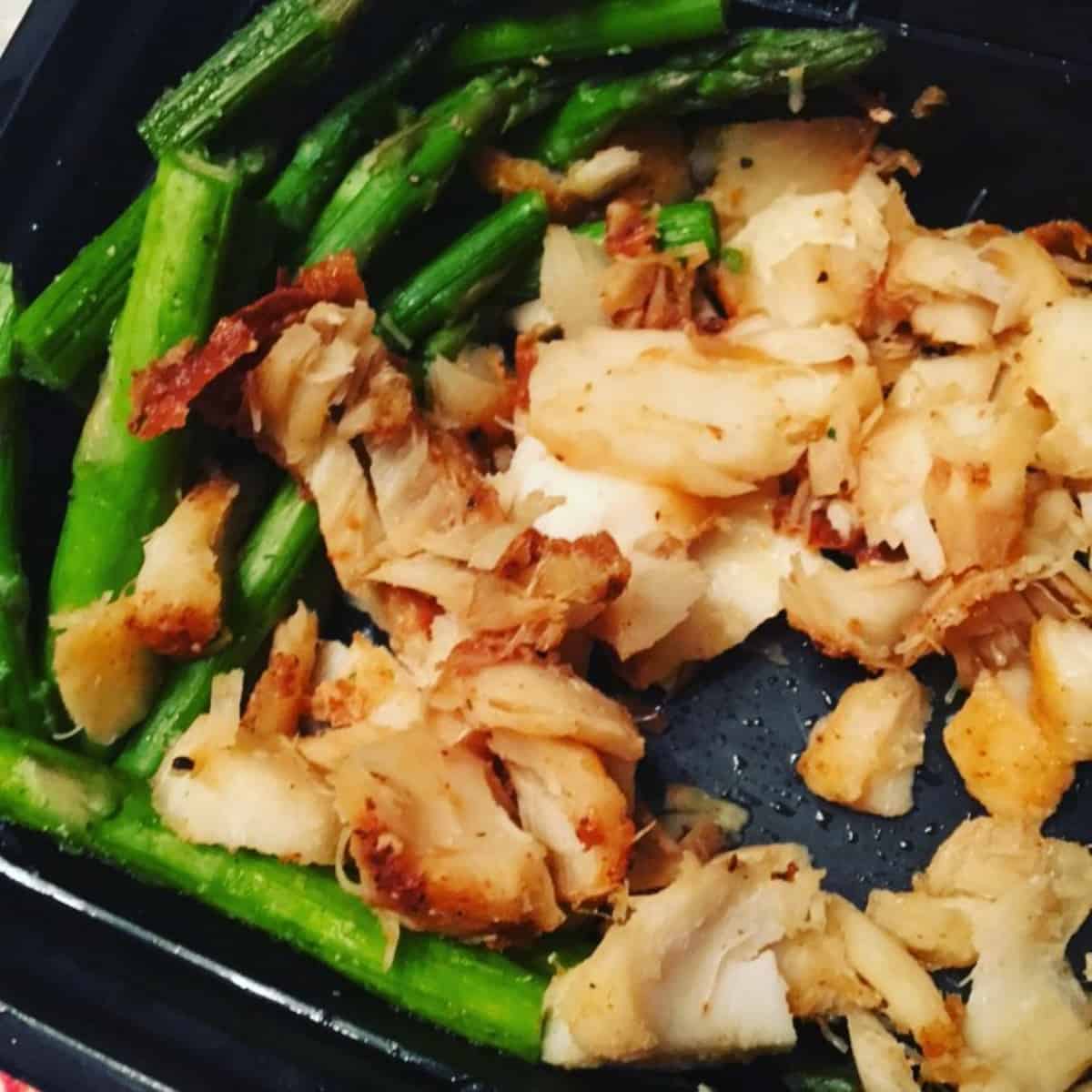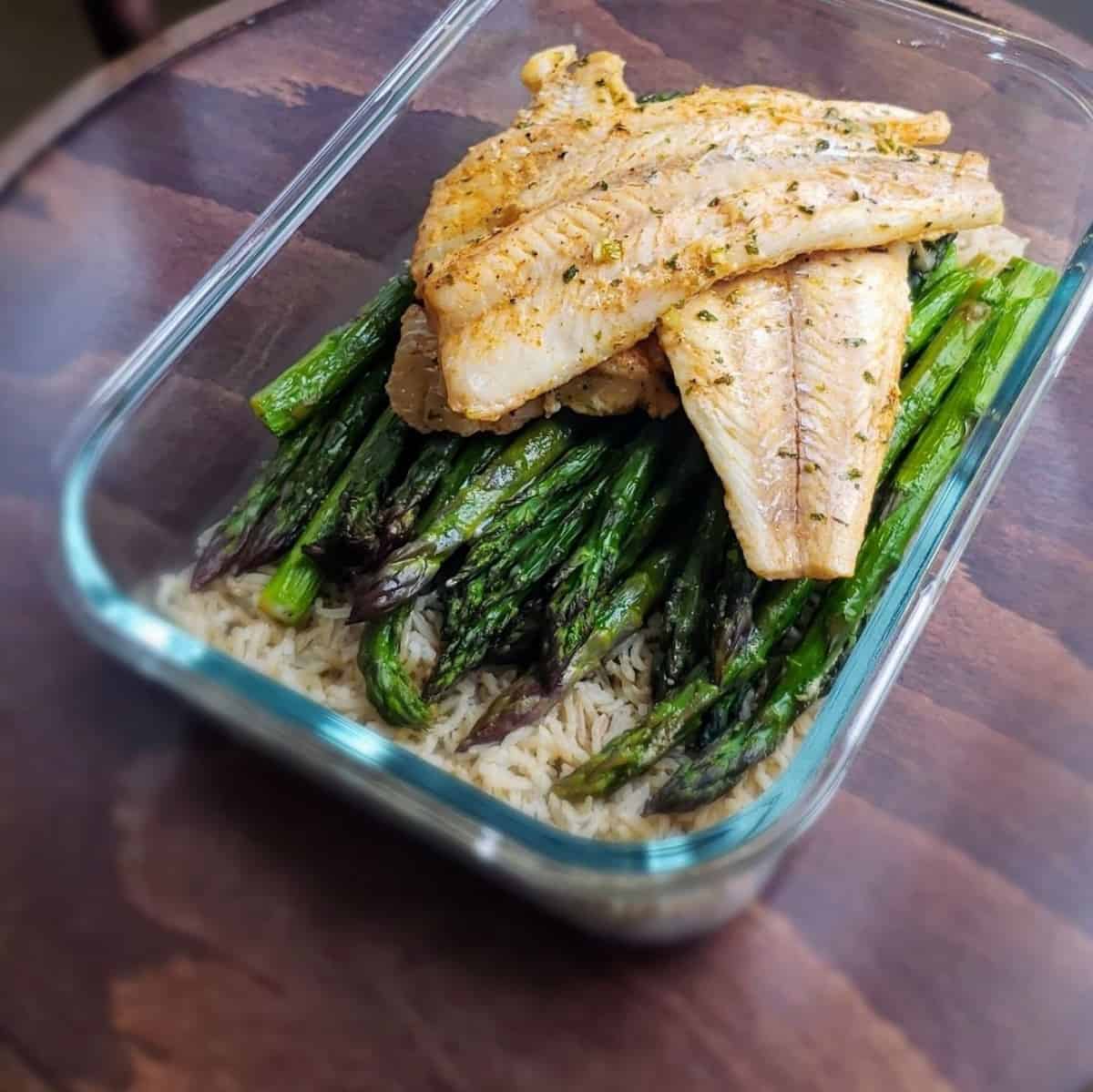Can You Reheat Fish? (What To Know)
So, you’ve enjoyed a delicious meal with fish as the star of the show, but you find yourself with leftovers. The burning question in your mind is, can you reheat fish without ruining its taste and texture? The short answer is, “Yes, it’s possible to reheat fish to retain its flavor and succulence,” but it must be done with care to avoid overcooking or drying out the fish.
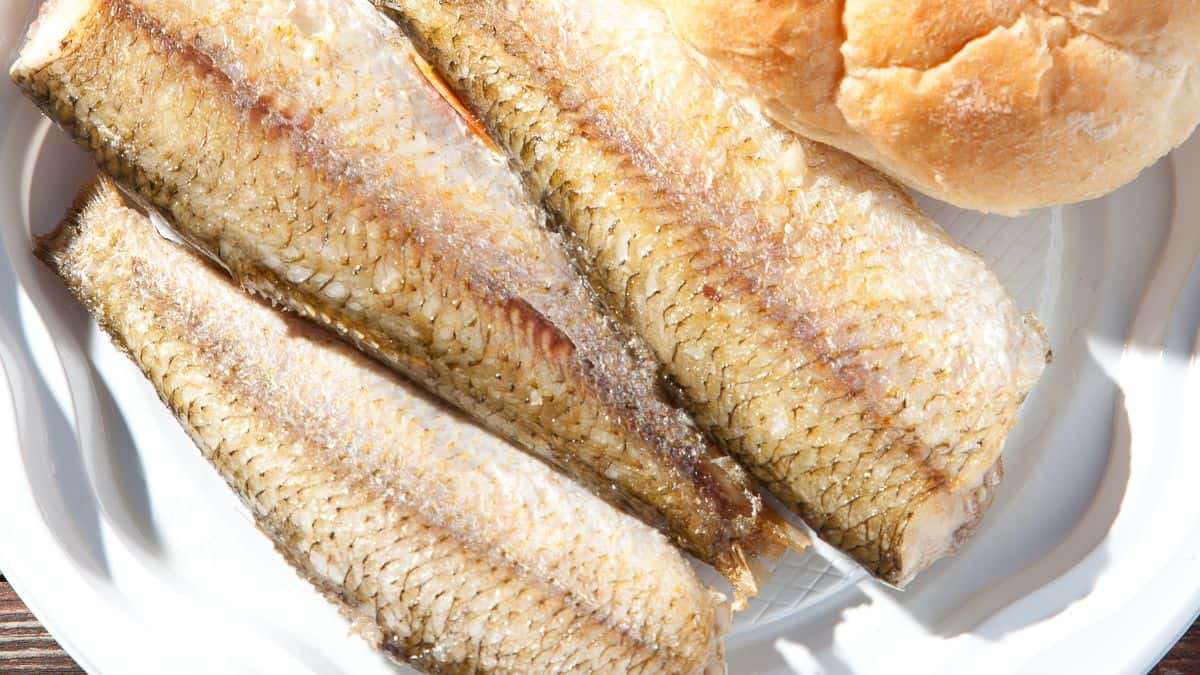
Understanding The Science of Reheating Fish
The main food safety concern with reheating fish is that reheating may cause overcooking or the production of strong-smelling aldehydes. Understanding the science behind reheating can help you make better decisions and enjoy your leftovers without compromising taste and texture.
Fish, like other meats, is made up of proteins, fats, and water. When you cook fish for the first time, heat causes the proteins to change and lose moisture. Fatty acids in the cooked fish break down and undergo oxidation, which can sometimes result in undesirable aromas and flavors. This is especially true with fatty fish like salmon, which contains more oils and is more susceptible to oxidation.
The key to reheating fish without overcooking is to use gentle, even heat rather than high temperatures. Using an oven or an air fryer are good methods to achieve this, and by following proper reheating instructions, you can avoid producing strong-smelling aldehydes.
To further minimize the risk of oxidation and the production of strong-smelling aldehydes, it’s essential to store your leftover fish properly. Wrap your fish tightly in plastic wrap or aluminum foil to prevent contact with air, and store it in the refrigerator as quickly as possible. By minimizing exposure to air, you’ll reduce the risk of fatty acids breaking down and undesirable aromas developing during the reheating process.
Types of Fish Suitable for Reheating
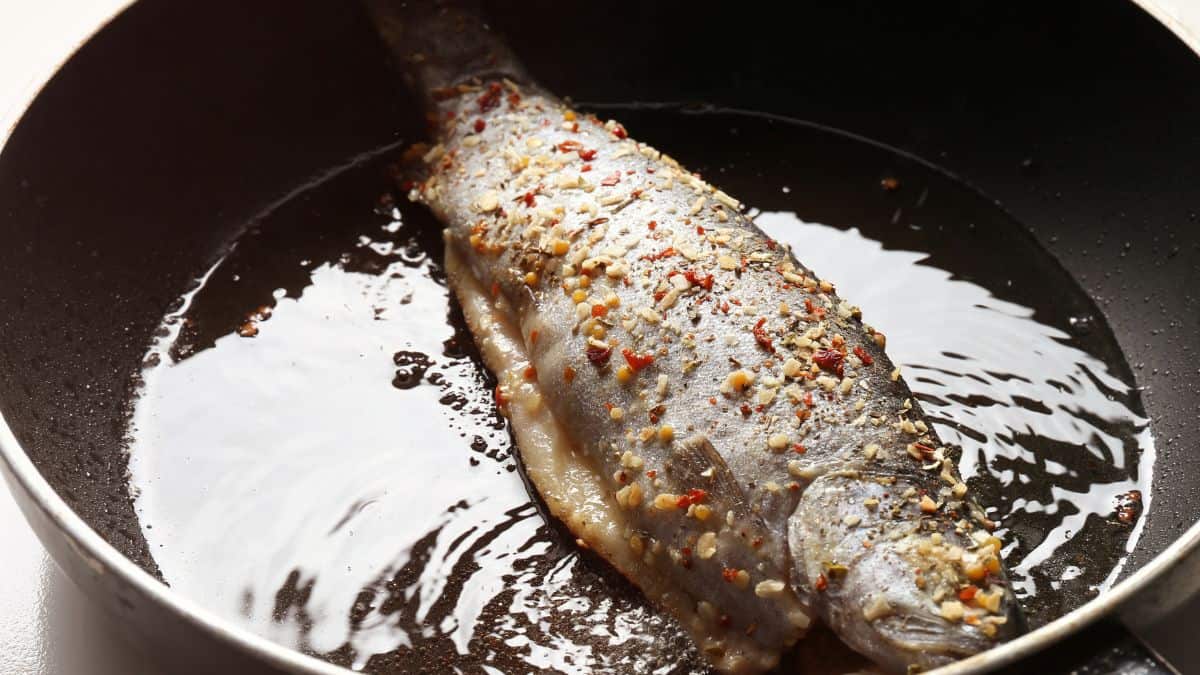
When it comes to reheating seafood, not all fish are created equal. Some types of fish are better suited to reheating than others. Here are a few examples of fish that can be successfully reheated without losing their delicious taste and texture.
Salmon
This popular fatty fish is known for its rich flavor and firm texture, making it a great candidate to reheat. Salmon can maintain its moistness and succulent taste when properly stored and reheated.
Trout
Similar to salmon, trout is a fatty fish with a firm texture. As a result, it holds up well when reheated, especially when care is taken not to overcook it during the reheating process.
Swordfish
This meaty, firm-fleshed fish is quite forgiving when you reheat it. Its thick, steak-like cuts can handle the high heat without drying out, which is ideal for preserving the original taste and texture.
Other Fish
Fresh fish with thicker, firmer textures will hold up better than more delicate fish. The best practice is to store fish leftovers properly in an airtight container in the refrigerator for no more than 3 to 4 days before heating up again. This will help retain the fish’s quality.
Fish Reheating Temperatures
| Fish Dish | Reheating Method | Temperature | Time |
|---|---|---|---|
| Fish and Chips | Oven/Air Fryer | 350°F (180°C) / 400°F (200°C) | 10-15 minutes / 5-8 minutes |
| Fried Fish | Oven | 350°F (180°C) | 10-15 minutes |
| Fish Cakes | Oven/Stovetop/Air Fryer | 350°F (180°C) / Medium Heat / 375°F (190°C) | 15-20 minutes / 2-3 minutes per side / 5-7 minutes |
| Grilled Fish | Oven | 275°F (135°C) | 10-15 minutes |
Different Techniques for Reheating Leftover Fish
Using an Oven
Reheating fish in an oven is a great method as it ensures even warming and helps maintain its tenderness and juiciness.
To reheat, preheat your oven to 275°F (135°C) and prepare the fish on a rimmed baking sheet. You can cover it loosely with aluminum foil or brush it with a light layer of olive oil for added moisture. Thicker cuts might need a longer time to reheat, but keep an eye on the internal temperature to avoid overcooking.
Using a Microwave
Although using a microwave may not be the best method for retaining the ideal texture and moisture of fish, it gets the job done quickly.
To reheat fish in the microwave, place it on a microwave-safe plate, cover with a microwave-safe lid or another microwave-safe plate, and reheat at a low power setting to prevent drying out. Adding a little sauce or oil can help retain the moisture.
Using a Stovetop
A stovetop is an excellent option for reheating fish, particularly pan-fried or battered fish.
Heat the skillet over low-medium heat with a little oil or butter to reheat the fried fish in a skillet. Shallow fry the fish for 1 to 2 minutes on each side, keeping the heat low to preserve its texture and flavor.
Using an Air Fryer
Reheating fish in an air fryer can effectively restore its crispiness, especially for fried or breaded fish.
To reheat in an air fryer, preheat the air fryer to a suitable temperature previously cooked fish, typically around 350°F (175°C), and reheat the fish, regularly checking the internal temperature at different spots of frying pan to ensure it heats evenly. This will help prevent overcooking.
Using a Toaster Oven
A toaster oven can also be used for reheating cooked fish.
To reheat in a toaster oven, place the fish on a rimmed pan covered with foil, preheat the toaster oven to 275°F (135°C), and reheat until the fish has reached the desired internal temperature. Keep a close watch on the fish to avoid overcooking or drying out. Since a toaster oven is a smaller environment, fish can dry out quickly under the heating elements.
Using a Grill
You can reheat your fish on a grill if you want a smoky flavor and grilled texture.
To reheat cooked fish, preheat the grill to medium heat and lightly oil the fish to prevent sticking. Place the fish on the grill, monitor it closely, and cook until it reaches the desired internal temperature. It won’t take long.
Reheating Specific Dishes
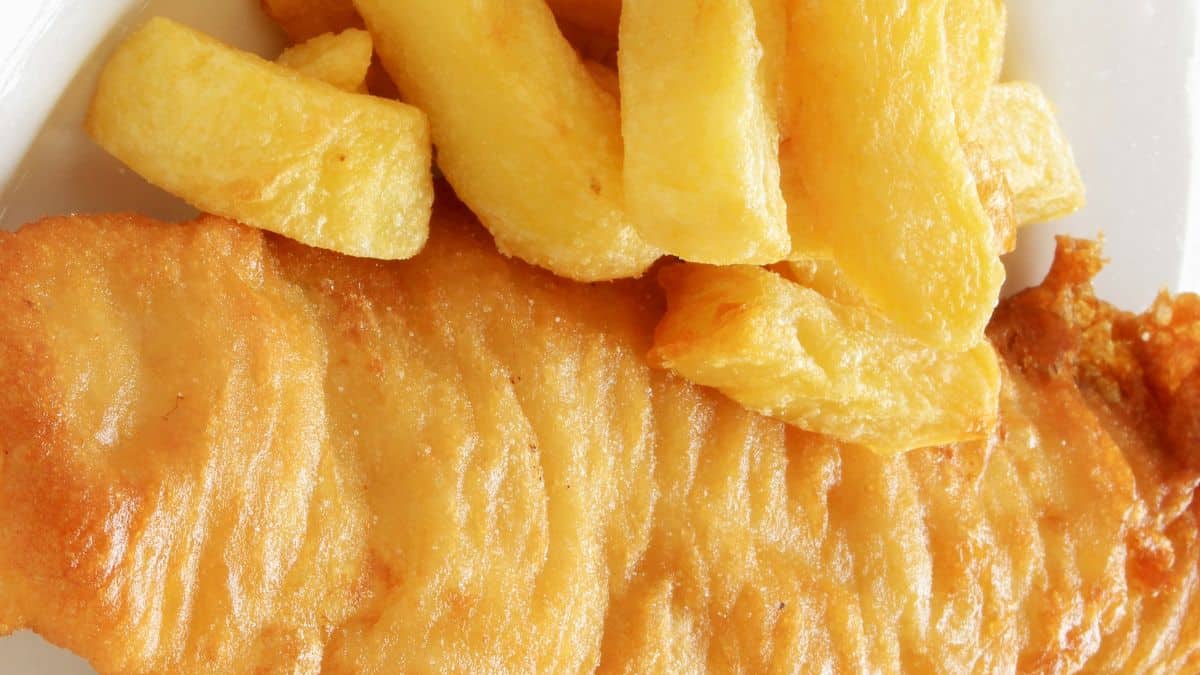
Reheating Fish and Chips
You can use an oven or an air fryer to reheat fish and chips without losing their crunchy exterior.
Preheat your oven to 350°F (180°C) or set your air fryer to 400°F (200°C). Place the fish and chips on a baking sheet, ensuring they are spread out and not overlapping. Drizzle a bit of oil, preferably olive oil, to preserve their moisture. Reheat in the oven for 10-15 minutes or in the air fryer for 5-8 minutes, checking occasionally to ensure desired crispness.
Reheating Fried Fish
For fried fish, preserving the crispy batter or breadcrumbs is crucial. Preheat your oven to 350°F (180°C) and place the fish on a wire rack over a baking sheet. The wire rack will allow the heat to circulate and prevent the breaded and fried fish from getting soggy. Reheat for 10-15 minutes or until the fried fish reaches an internal temperature of 145°F (63°C).
Reheating Fish Cakes
Fish cakes and other breaded fish can be reheated in the oven, on the stovetop, or in an air fryer.
Oven: Preheat to 350°F (180°C), place fish cakes on a baking sheet, and reheat for 15-20 minutes.
Stovetop: Heat a pan on medium heat with a small amount of oil or butter. Reheat fish cakes for 2-3 minutes per side or until heated through.
Air Fryer: Set to 375°F (190°C) and reheat for 5-7 minutes, flipping midway.
When reheating fish cakes that have a sauce or stock, you can warm the sauce separately in a saucepan over low heat and serve alongside the reheated cakes.
Reheating Grilled Fish
Grilled fish can be reheated in the oven to maintain texture and flavor. Preheat your oven to a low temperature, around 275°F (135°C), to gently reheat the fish. Cover the grilled fish loosely with aluminum foil or place it in an oven-safe dish with a lid. Reheat for approximately 10-15 minutes or until the internal temperature reaches 145°F (63°C). Serve alongside your favorite salad or recipe to complete the dish.
Reheating Fish: Safe Practices and Avoiding Food Poisoning
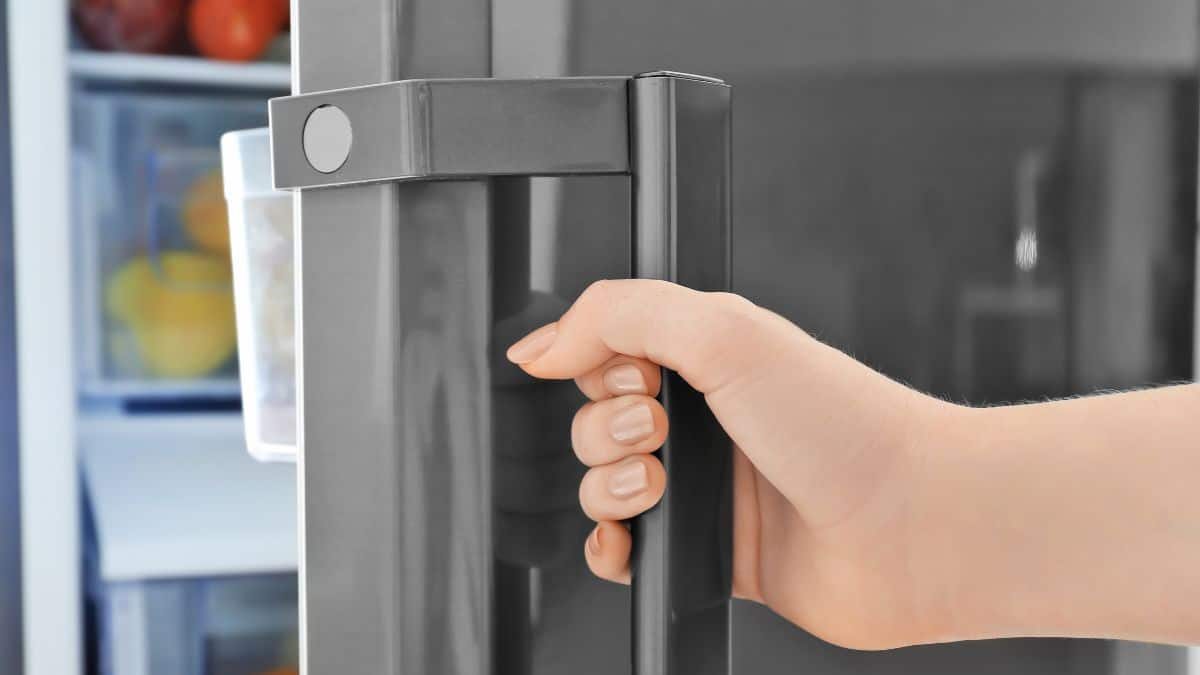
Reheating leftover fish doesn’t inherently increase the risk of food poisoning if done properly. However, there are some key steps to follow to ensure safety:
1. Proper Storage
Refrigerate leftovers promptly: Cool cooked fish quickly within 2 hours of cooking and store it in the refrigerator at or below 40°F (4°C) within two days.
2. Reheating Techniques
Reheat only once: Repeatedly reheating leftovers significantly increases the risk of bacterial growth.
Thorough heating: Reheat the fish until the internal temperature reaches 165°F (74°C) throughout. Use a food thermometer for accurate measurement.
Choose safe methods: Reheating methods like stovetop with a pan, oven, or steam are generally safer than microwaves due to more consistent heat distribution. However, microwaves can be used if done carefully, ensuring the correct temperature and even heating and stirring halfway through.
3. Consumption Timeframe
Consume promptly: Eat reheated fish within a short period, ideally within 2 hours, to minimize bacterial growth.
Pro Tip: It’s important to note that even with proper reheating, some people might be more susceptible to foodborne illness due to individual sensitivities or weakened immune systems.
One-Pot Cooking Rocks

Michelle
Hi, I’m Michelle, the founder, owner, author, and editor of OvenSpot. My passion for one-pot cooking commenced when I was working to prepare cafeteria lunches for school students. I am now on a mission to assist you in choosing the cooking pot or appliance you will use daily. As well as in-depth information to assist you in using and caring for your cookware and appliances. Along with the yummy recipes I use at home.
Questions? Reach out to Michelle at [email protected]

